The Essence of Sakura: Discovering What Cherry Blossom Flavor Really Tastes Like
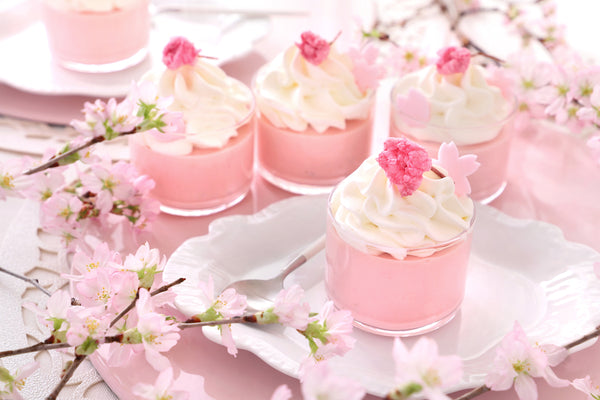
In Japanese culture, Sakura flavor is often added to seasonal goodies and drinks consumed during the practice of hanami (flower viewing). These Sakura treats are more than a way to indulge in the delicate flavor of the cherry blossoms; they're also a way to dive further into the symbolism behind the flowers.
These blooms only blossom for 1-2 weeks during the springtime in Japan, reminding those who experience the flowers in person how quickly life moves. These flowers also symbolize beauty, the arrival of spring, renewal, life, and death. Because of their symbolism and importance to Japanese culture, the spring season brings with it apparel, art, toys, and more featuring images of Sakura flowers.
Let's explore Sakura flowers more in cuisine, including their flavor, traditional foods featuring cherry blossoms, and where to find these delightful blossoms.
The Allure of Sakura
Understanding "What is Sakura?" is essential before exploring its culinary uses. The word "Sakura" refers to the blossoms that appear on Asian ornamental cherry trees. Unlike other cherry tree varieties, these trees bloom each spring instead of producing fruit.
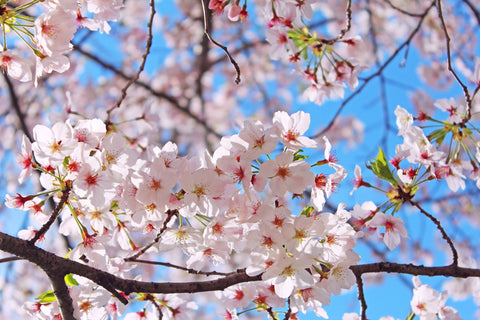
These cherry blossom trees have been available in Japan for centuries and were originally connected to Shinto gods. These particular trees were thought to rid the area of bad spirits and offer good luck simultaneously.
Through the years, these light pink blossoms have garnered additional meanings, including representing the life of samurai, which was typically brief and colorful, like the blossoms. Eventually, they came to be known for signifying love, hope, romance, and the above-mentioned meanings.
This affinity with cherry blossoms also led to additional uses for the flowers, including in foods and drinks. The cherry blossom flavor is now added to a multitude of items, including traditional Japanese sweets, rice balls, and more modern sweet treats.
Unveiling Sakura Flavor
So, what does cherry blossom taste like? Like other similar items, these blossoms offer floral notes to the beverages and cuisine they are included in. Their flavor is quite delicate, just like the flowers on the trees. They also provide a slightly bitter flavor that helps distinguish them from other edible flower varieties.

Expect a light, fresh taste when consuming anything with a Sakura flavor. You'll also typically see food and drinks containing Sakura dyed a light pink hue representing the flowers the flavoring comes from.
Harvesting the Essence of Sakura
It's important to note that not all Sakura blossoms are edible. In fact, some cherry blossom varieties feature toxins that should not be ingested. Additionally, raw sakura flowers and leaves cannot be eaten, as they contain coumarin, a naturally occurring product that is toxic in large amounts. So, it's essential for the leaves/flowers to be pickled or for the Sakura essence to be extracted before it can be added to anything edible.

In the case of cherry blossom extract, it's crafted using both the flowers and the leaves. These items are run through a steam distillation process, which helps extract the flavors from the Sakura. As the steam moves through the flowers and leaves, the aroma and flavor turn to a vapor, which is cooled so that it turns back into a liquid. This extract is then added to drinks, food items, beauty products, and more.
The leaves/flowers are carefully picked from the trees when creating pickled Sakura. Then, they're salted and squeezed (to remove excess moisture). After they are soaked in ume (plum) vinegar, they are dehydrated in an oven or via a more traditional method - air-drying. This process preserves the flowers/leaves, allowing you to enjoy them throughout the year.
Sakura in Japanese Cuisine
As mentioned, the Sakura flavor is widely used in Japanese cuisine, from snacks to beverages. In particular, in springtime, you can find savory foods like Sakura onigiri (rice balls) and Sakura inarizushi (pickled cherry blossoms and rice in tofu skins). These dishes showcase the tanginess and slightly bitter, floral flavor pickled Sakura offers.
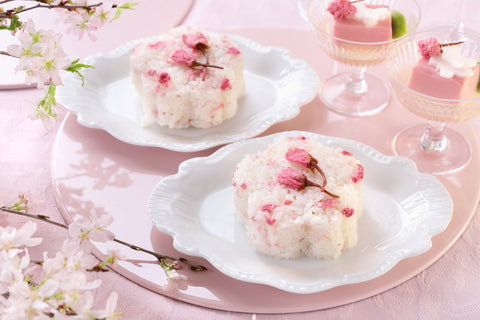
Of course, there are plentiful Sakura beverage options. During this season, Starbucks offers a few new coffee drinks inspired by the spring Sakura blooms.
Sakura-Flavored Delights
Perhaps you crave a sweeter cherry blossom flavor. If that's the case, there are quite a few wagashi (traditional Japanese sweets) to indulge your sweet tooth. These sweets vary from cakes to cookies, candies, and other baked goods, like sweet steamed buns.
The cherry blossom mochi is one particular treat that often appears at the hanami celebrations. This Sakura mochi features a soft pink hue in the chewy glutinous rice, a sweet red bean paste filling, and pickled real cherry blossoms (leaves and flowers). Offering a tangy, sweet, salty flavor, this wagashi is beloved by Japanese people.

As far as more modern Sakura treats, the popular Pocky snack offers a limited, new Sakura-inspired flavor each year. Glico offers options like their Sakura Matcha Pocky, a Sakura-flavored Pocky with a creamy green matcha chocolate topping.

Among sweeter beverages, it's common to see cherry blossom soda made with Sakura syrup on store shelves in the spring. Additionally, cherry blossom tea is easily found during hanami and in stores.
The Making of Sakura Snacks
Typically, Japanese companies will consider a theme for the Sakura season before crafting new treats. These limited treats, often pink in color, will have a range of spring flavors (including strawberry and Japanese cherry blossom). While most have a Sakura aroma/flavor, some snacks are simply inspired by the dazzling taste of Sakura.
Sweet treats are crafted using Sakura extract or pickled cherry blossoms, depending on the exact snack. Those featuring cherry blossom extract are typically sweeter, while those with real blossoms offer a balanced sweet and salty taste.
Each of these Sakura seasonal treats requires expert craftsmanship from their conception to production. It takes an expert to carefully balance the delicate flavors of the cherry blossoms, ensuring they are not paired with other ingredients that will overwhelm the light floral taste.
Experiencing Sakura Flavor
The best way to experience Sakura flavor is simply to begin indulging in products featuring cherry blossom extract or pickled cherry blossoms. This ingredient allows you to more fully immerse yourself in the celebration of hanami, even if you can't experience it in Japan.

As ingredients like cherry blossom powder and Sakura syrup become more common on the internet, it has also become easier to craft Sakura goodies at home. These ingredients can be turned into various items, from hot lattes with a Sakura flavor to mouthwatering baked goods. Whether you craft Sakura mochi for special occasions or simply enjoy cherry blossom tea each afternoon, there are plentiful ways to enjoy the spoils of the Sakura trees.
Since most cherry blossom products are only available between March and April (the typical blooming season for Sakura trees in Japan), it's best to grab these items while you can. There's no way to purchase more once they're gone for the season. Often, companies will create new flavors each year surrounding cherry blossoms, so you won't be able to buy your favorite treats the following spring either.
The 2024 Cherry Blossom Japan Crate
Perhaps you don't have time to whip up your own Sakura treats at home. If so, Japan Crate has you covered with the 2024 Cherry Blossom Japan Crate. This month's snack subscription box focuses on the theme of "Pink Sakura Fantasy," boasting pretty pink colors and an array of Japanese snacks reminiscent of blossoming spring Sakura.
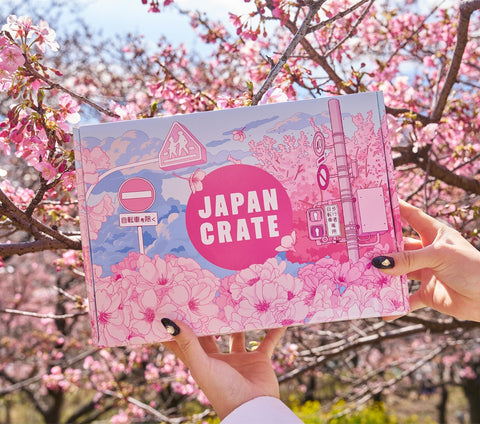
Each box is blooming with sweet and savory snacks and teas to help you get your fill of Sakura flavors. You'll also find a non-edible collectible item—in this case, Sakura-shaped chopstick holders. Don't skip the Cherry Blossom Fortune Game to win Sakura-themed prizes right from Japan. Get ahold of these Sakura delights and more with a monthly Japan Crate subscription!
Author Bio



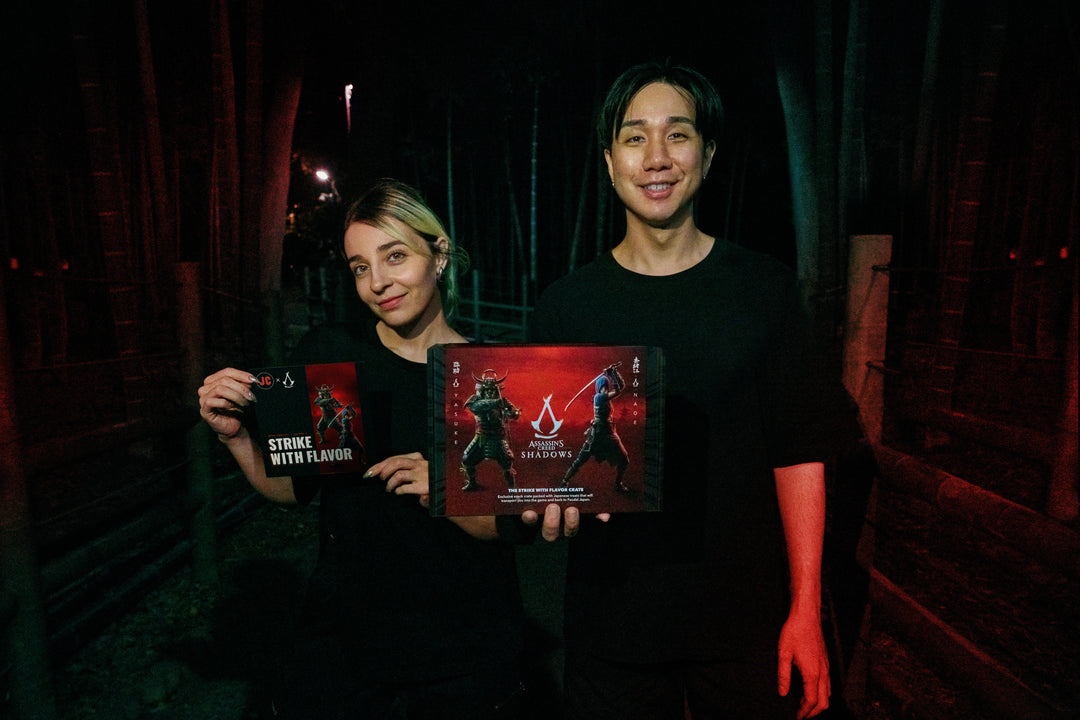
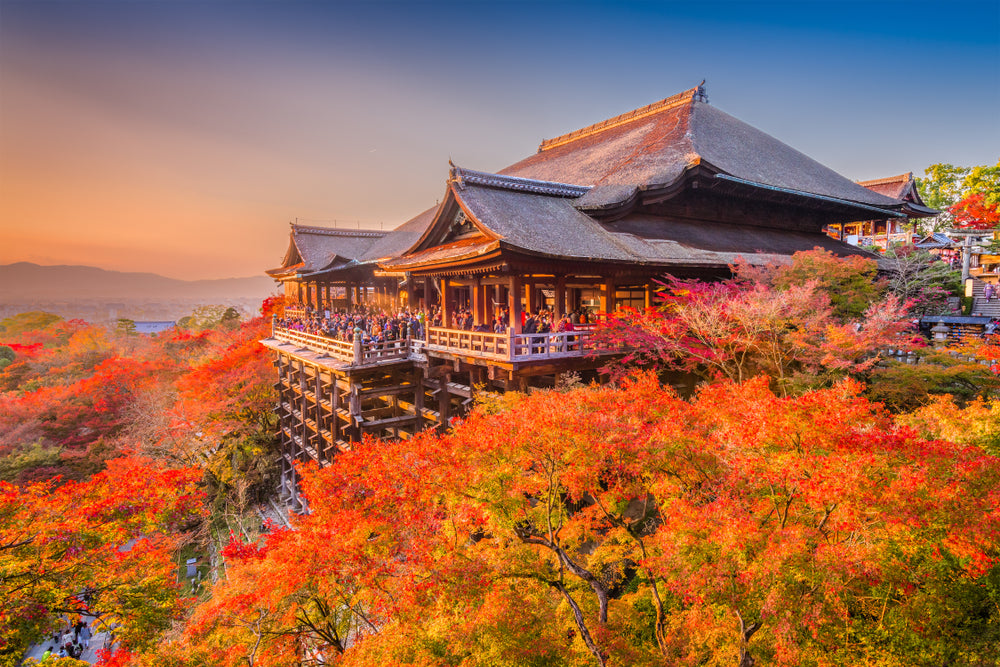

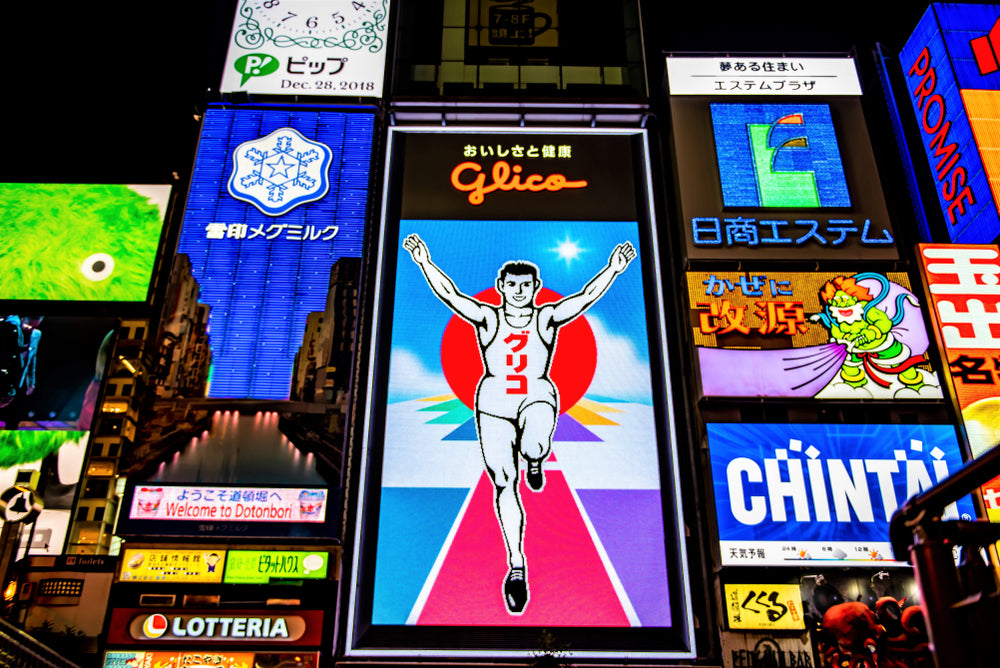
Leave a comment